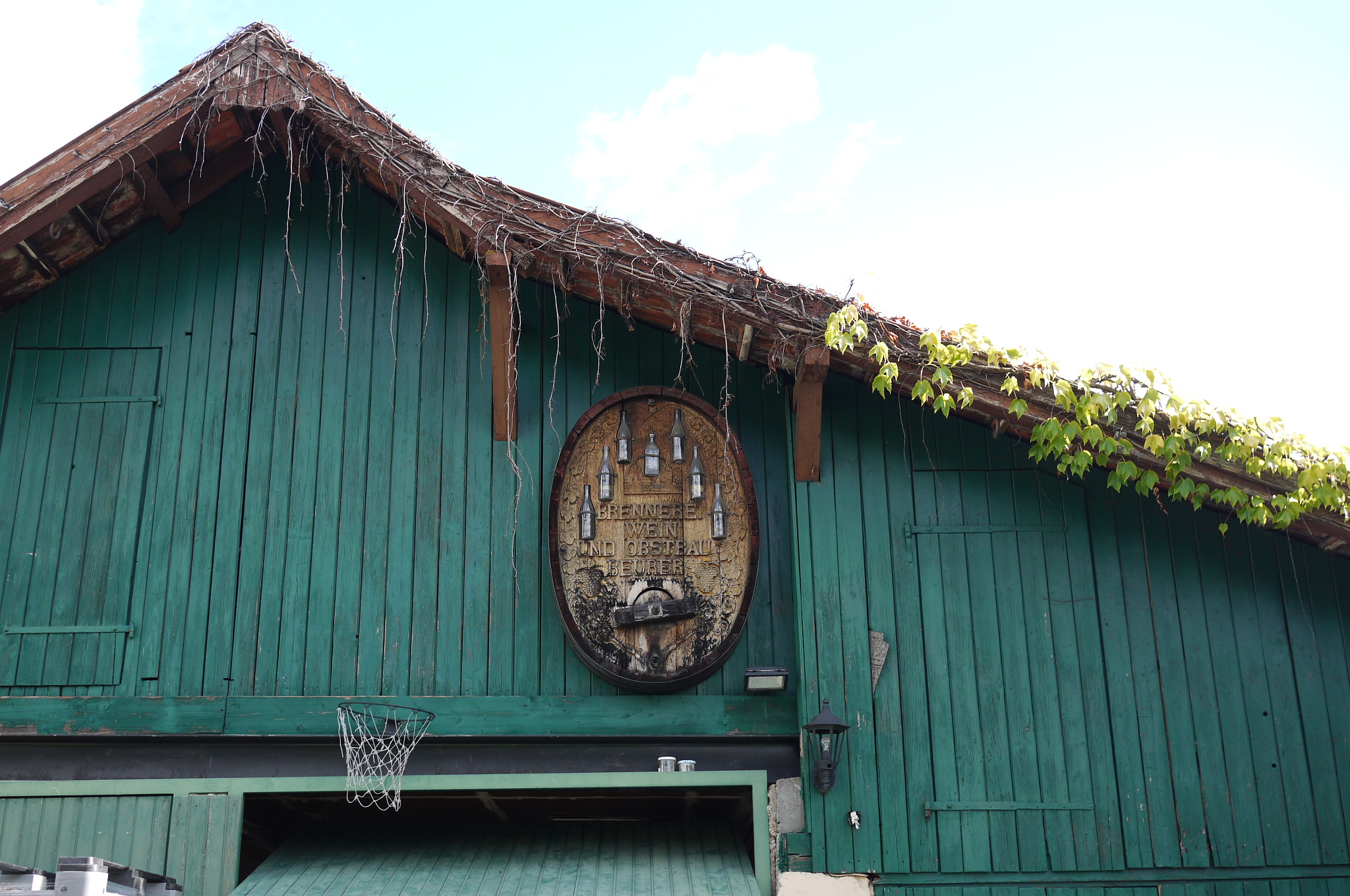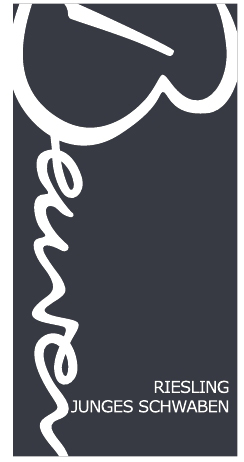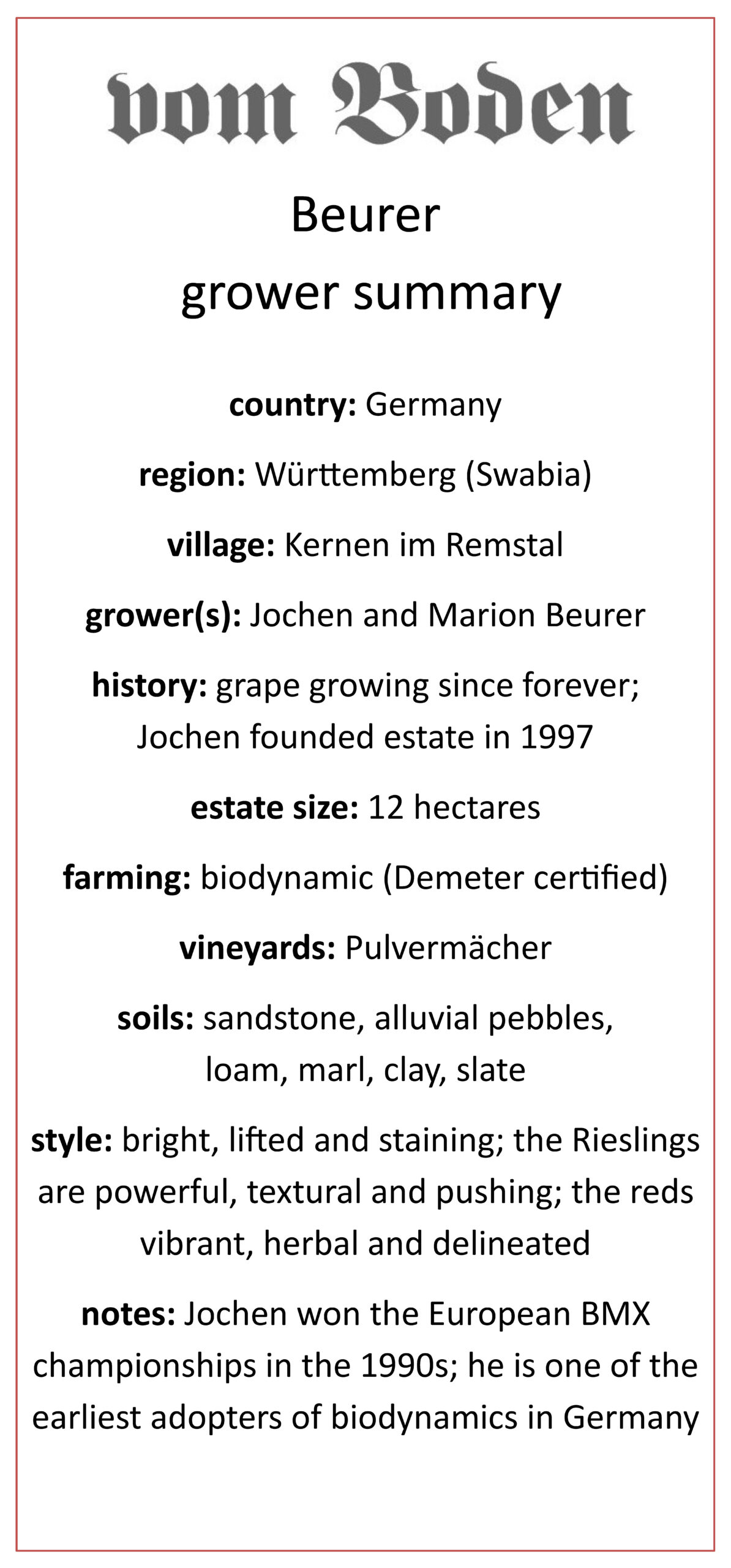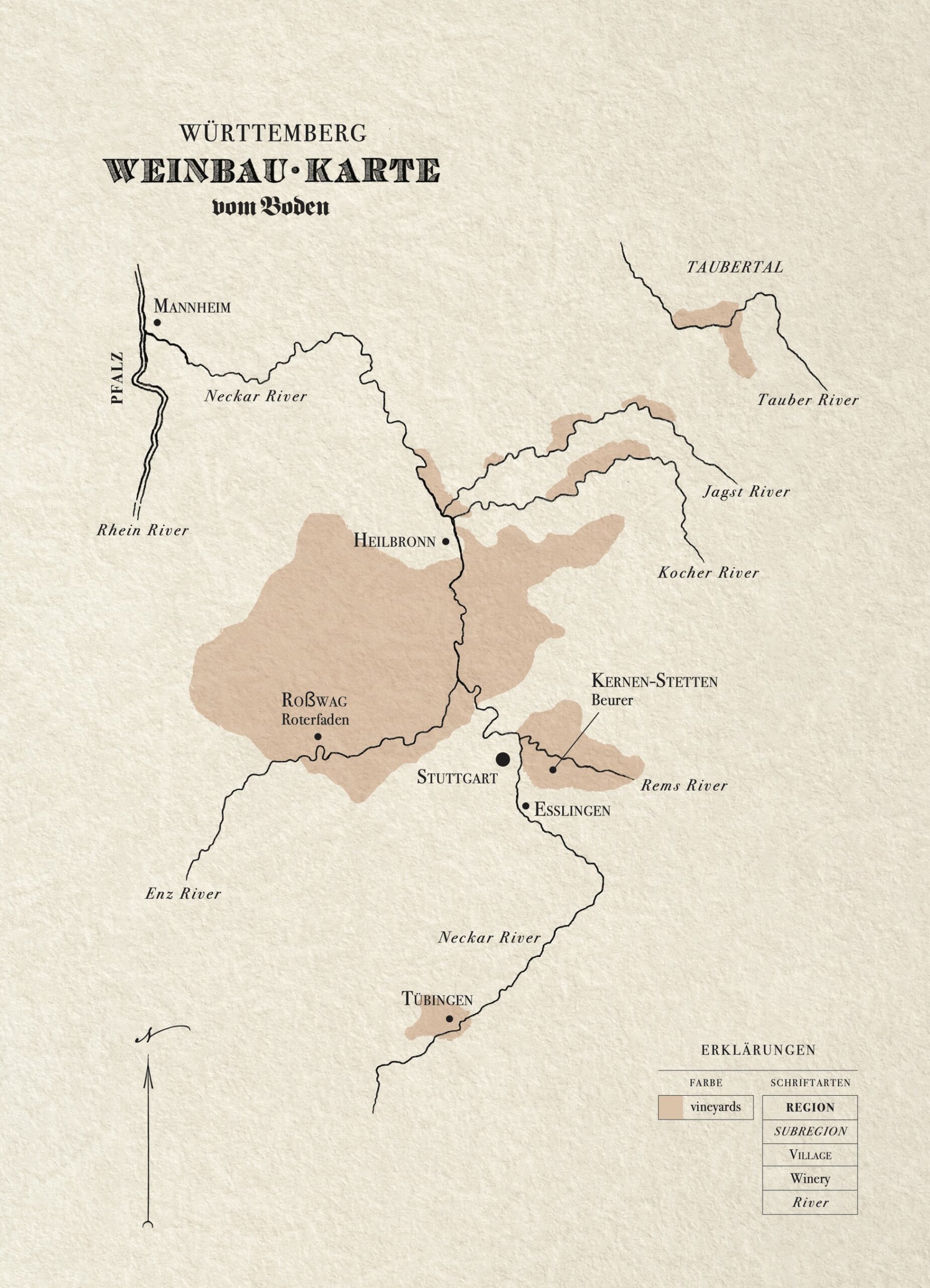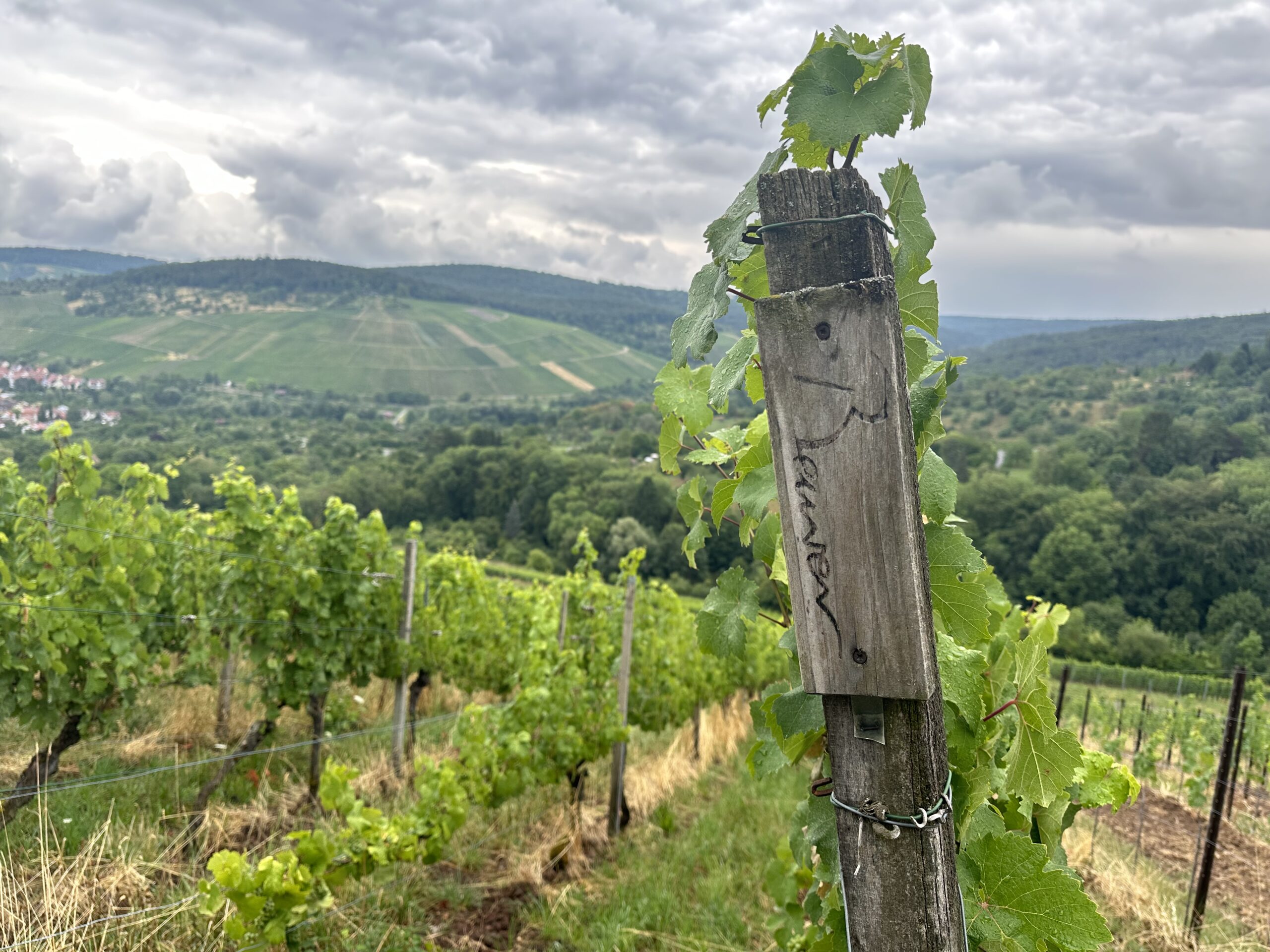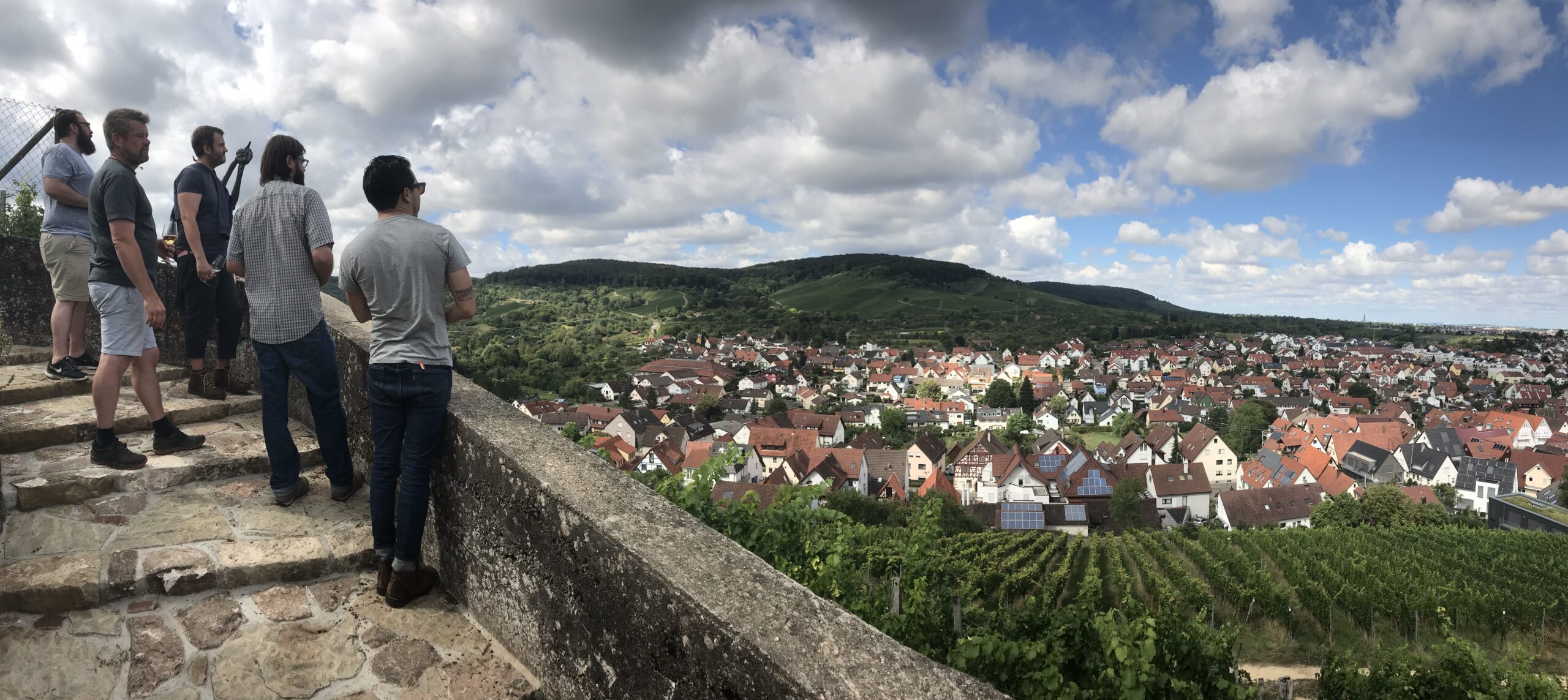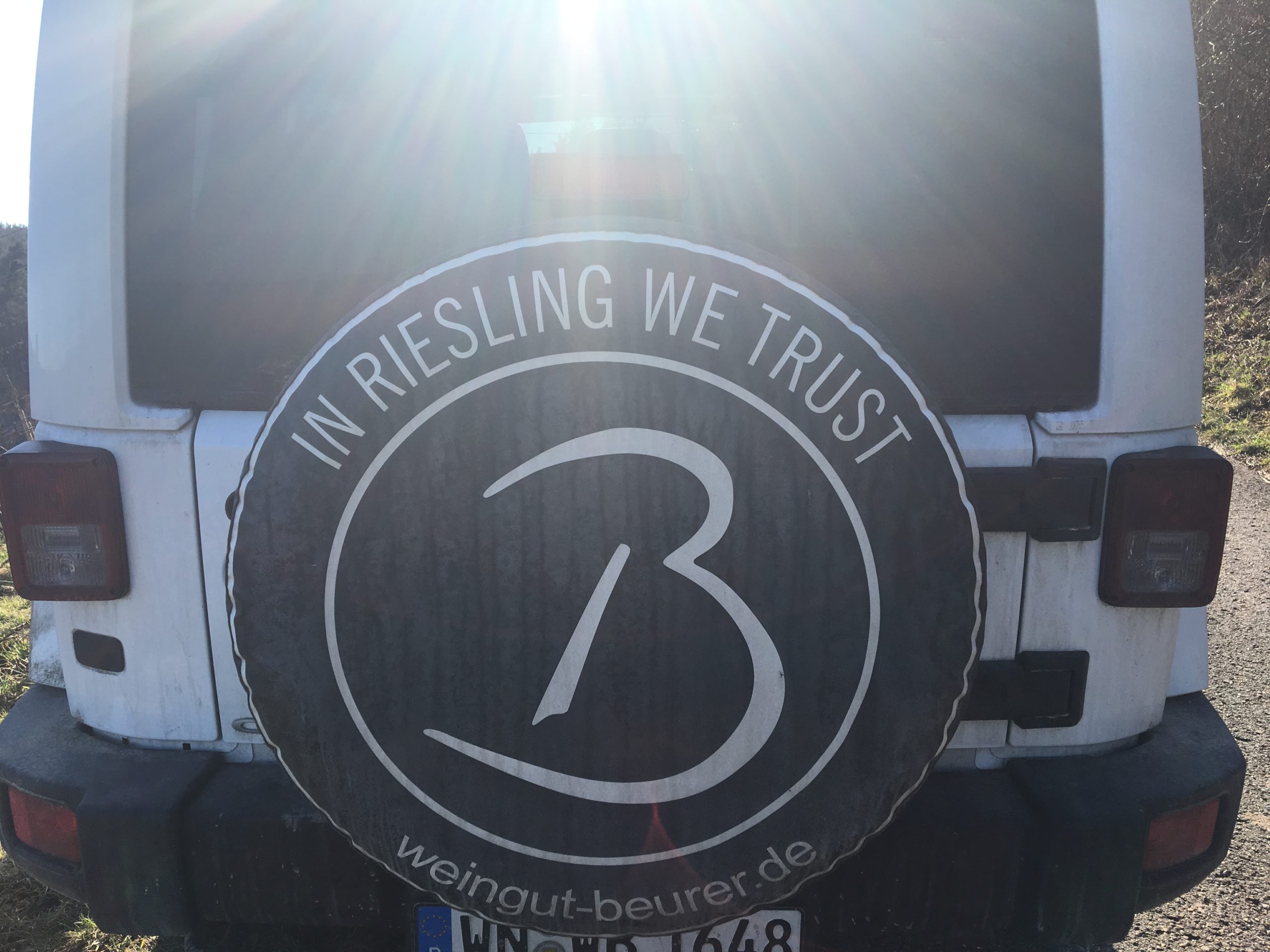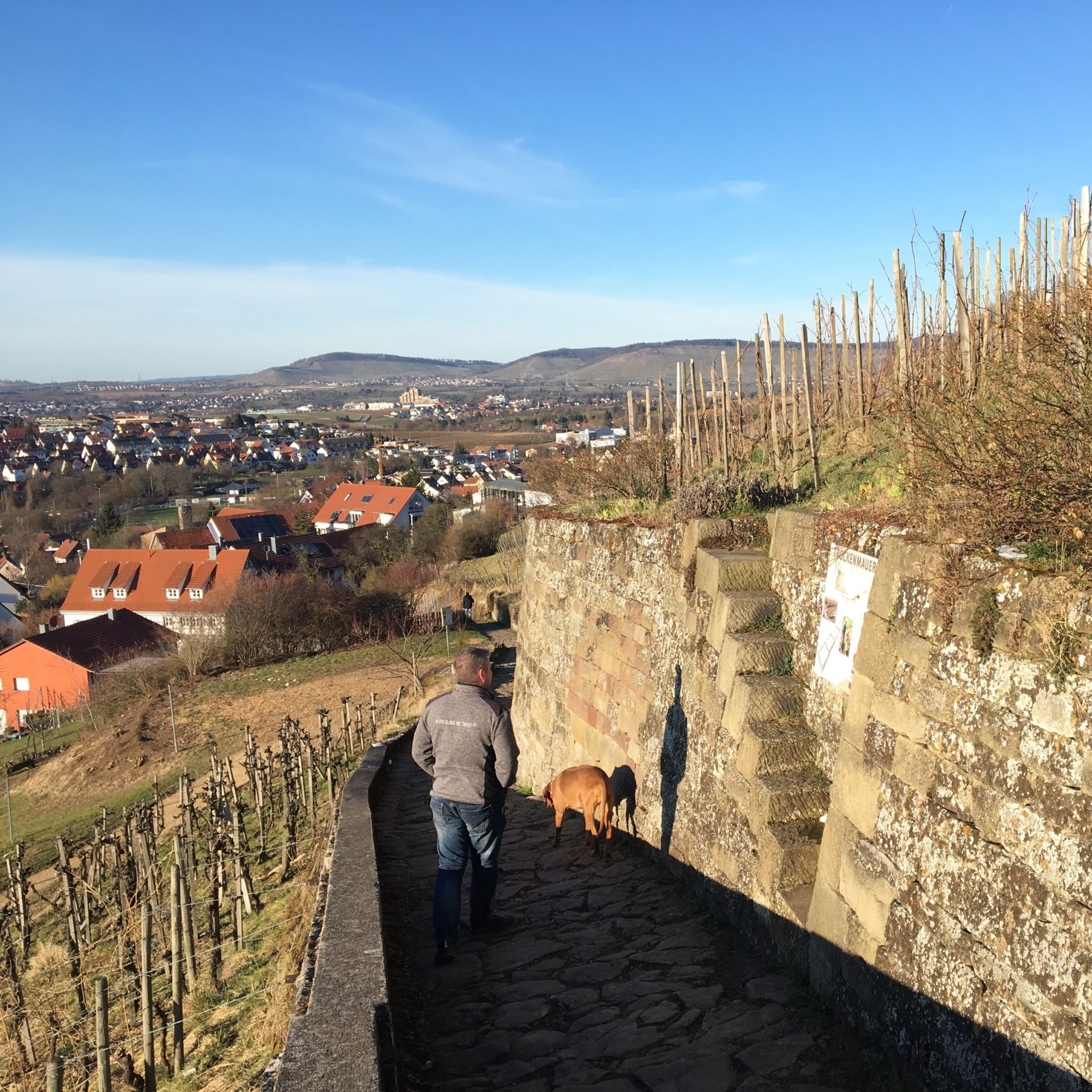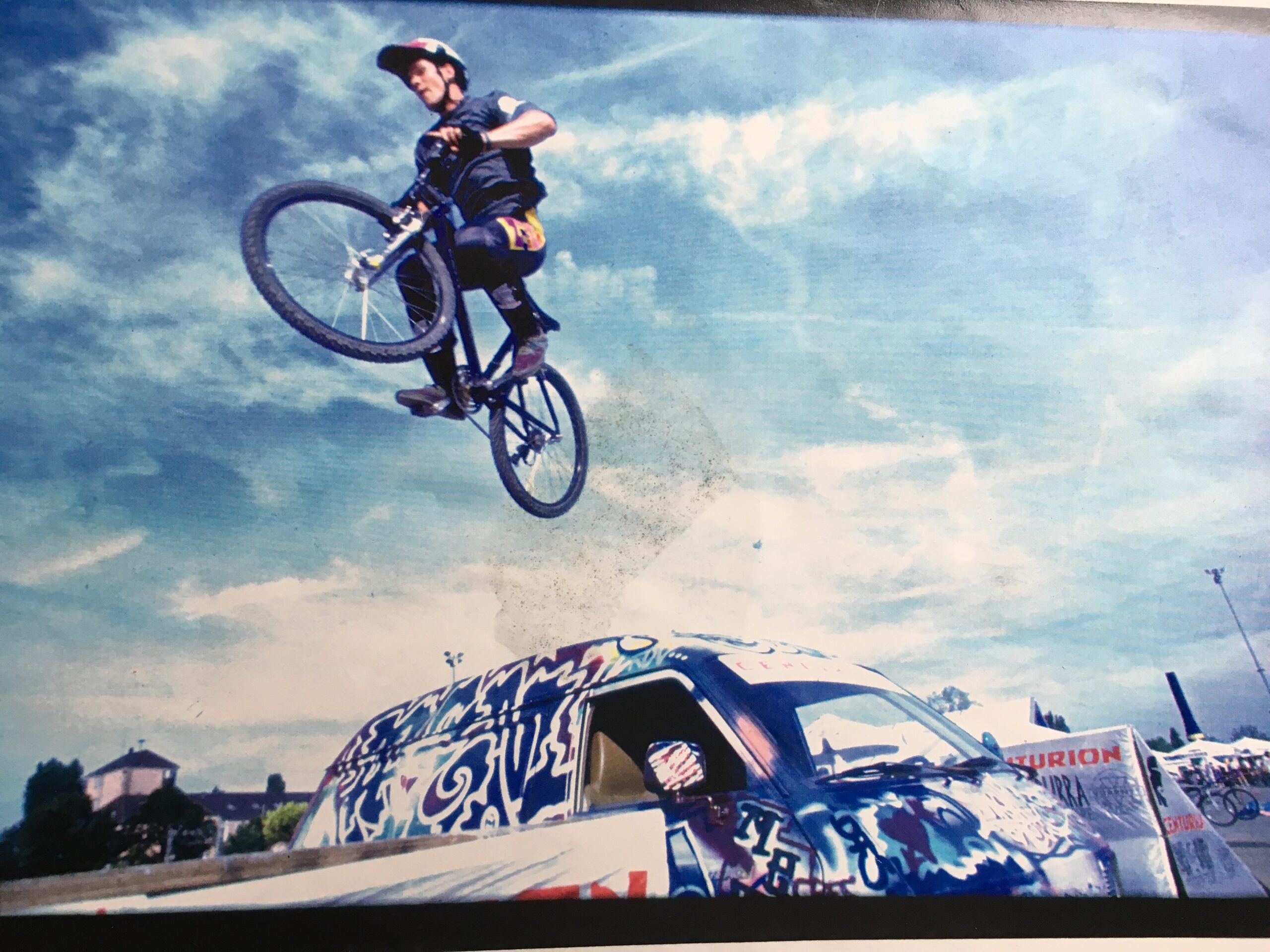An ex-European BMX Champion gone natural wine guru,
in Swabia. Some things don’t have to make sense ok?
Here’s the hypothesis we’ll set out to prove: Jochen Beurer may be one of the most important winemakers in Germany.
His wines are pure energy; they have a universal vibration to them. They seemingly do not follow the laws of physics that govern the rest of the conventional wine world. They float.
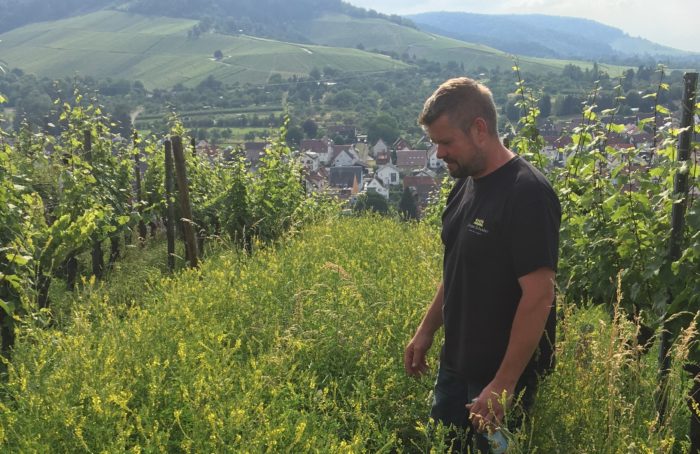
Among winemakers in Germany, Beurer is revered and his whites and reds are nearly always considered among the greats. Few winemakers are able to achieve such thrust and such purity, from the simpler Trollinger and Portugieser up to Grauburgunder, Sauvignon Blanc and, yes, Riesling.
Yet Beurer’s influence flows not only through his wines, but through his actions. Jochen is one of the deepest thinkers about the environment beyond the vineyards. A tour with Beurer is as likely to include a discussion of his bees, the vegetation and animals surrounding the vineyards as it is to include a discussion of the soil and vines themselves.
I have met few winemakers who seem to see the “whole” as clearly and succinctly as Beurer does. Jochen farms both organic and biodynamic (he is Demeter certified), yet still he does not speak in easy truths; he seems to be seeking a viticulture that is beyond these simple rules, more integrated, more complete.
Jochen is also one of the kindest humans out there; a bear of a man who is profoundly nurturing. A whole generation of young German winemakers has passed through Beurer’s cellar. We’re getting to the heart of why Beurer is so important to German winemaking.
Nonetheless, it’s not shocking that Beurer is less well known in the U.S. First, he’s from Swabia, a southern region only recently created by the importer Selection Massale. Swabia is not part of the old-school, cannonical history of winemaking in Germany. It is a fertile place, with a diverse array of agriculture. Which brings us to the second reason that Beurer is not as famous as he should be: he does not focus solely on Riesling, but embraces the wild and complicated diversity of Teutonic grapes and wines.
Let’s start with Beurer’s reds. The Trollinger (Schiava) is a bright, raspy, complex yet crushable treatise in what we’ll call “Alto Swabia.” The “Rot” is gut (translation: good): a darker, earthier blend of Pinot Noir, Cabernet Dorio, Dornfelder and Portugieser, the latter two being among our favorite Teutonic red grapes, for their lightness and easy transparency. The Zweigelt gets, all of a sudden, much more serious. The Zweigelt flaunts a thrust, a glossy precision that recalls the Rieslings. It is has what we’d call elegance, though it remains stern and serious. An unbelievable wine, honestly – always sort of shocking.
Finally, and this is also what makes Jochen great, wines like a Lemberger (Blaufrankisch) Grand Cru GG. C’mon, how awesome is a Lemberger GG? This is a tour-de-force wine. You may not be expecting it, but then – whoosh. This wine has the force of a waterfall; it is a rush. Fermented in younger, smaller barrels, there is depth and polish and style. It seems impossible that something so lean and mineral and cool, could also be so rich and dark and textural. Jochen’s red wines are not to be underestimated.
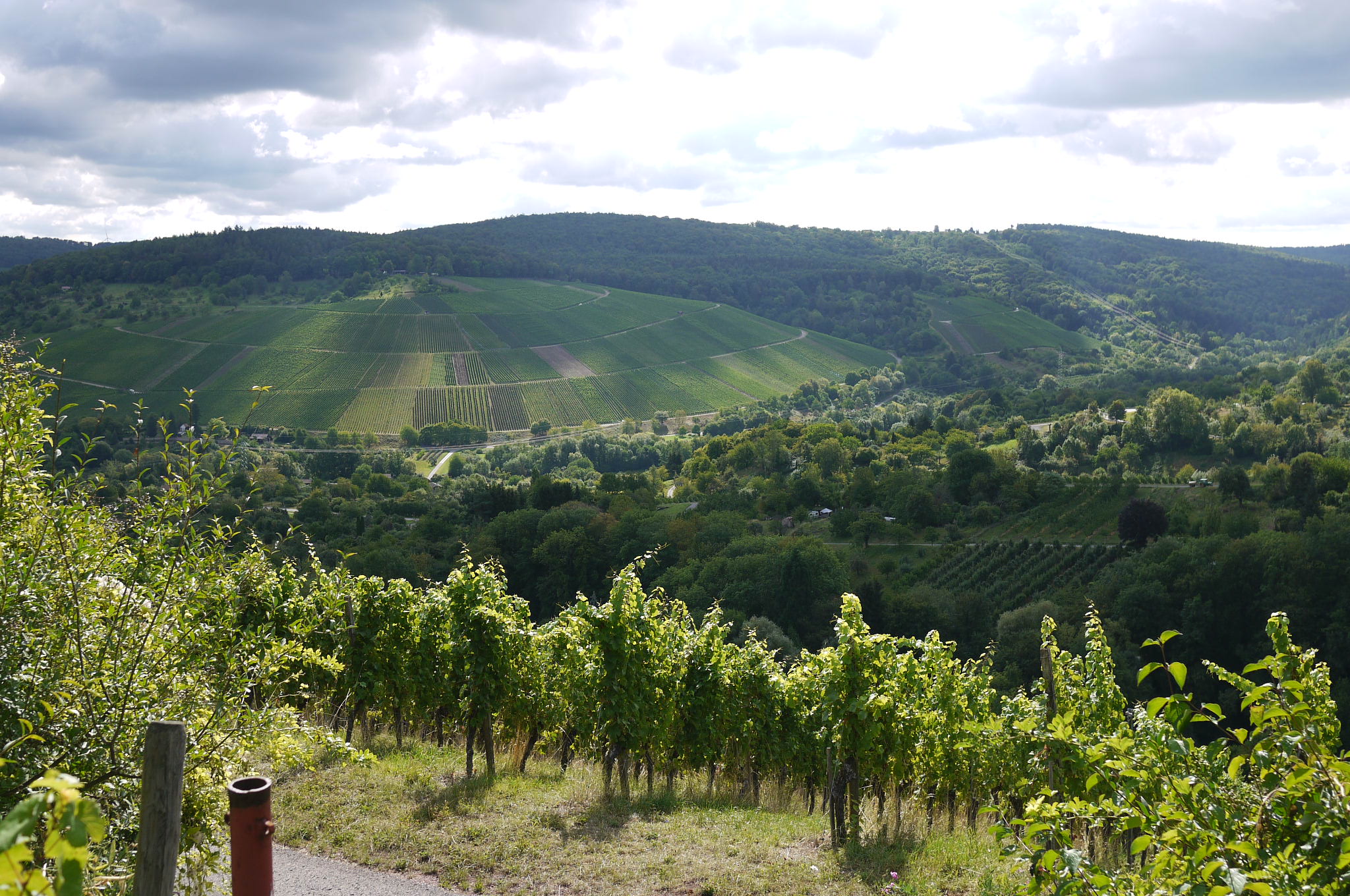 For the whites, begin with the “Weiss” – a white field blend of Müller-Thurgau, Silvaner and Weissburgunder. It is buoyant and floral, incredibly fresh and perfumed; on the palate it shows more mineral and compact, with a silky finesse that is surprising given the simplicity of the genre here. Beurer always over-delivers.
For the whites, begin with the “Weiss” – a white field blend of Müller-Thurgau, Silvaner and Weissburgunder. It is buoyant and floral, incredibly fresh and perfumed; on the palate it shows more mineral and compact, with a silky finesse that is surprising given the simplicity of the genre here. Beurer always over-delivers.
The Riesling hierarchy is four-fold. The estate Riesling is sourced from various parcels; it is among the saltiest of all the basic Rieslings in our book. Mineral, dried herbs, flowers, fruit here is an after-thought. The wine is oceanic.
The “premier cru” vineyards are named after the soil types, and so we have “Schilfsandstein” and “Kieselsandstein.” Both soils are forms of sandstone (in German “sandstein”). The Schilfsandstein is formed from ancient sea beds; the Kieselsandstein is a denser stone, often with fine threads of limestone and other minerals. Both wines come from vines that are nearly 40 years old. Both are linear, angular and stylish. The Schilfsandstein is airier, bouncier and more playful. The Kieselsandstein is denser, with darker citrus, more herbal complexity and a finer texture.
From here we come to the Grand Crus: The “Junges Schwaben” is sourced from Jochen’s highest vineyard, a steep, terraced parcel that has to be farmed by hand and hoof (a horse is used in much of the farming). Here there is a wide diversity of sandstones, along with more clay and bits of limestone. It is among the more saturating and yellow-fruited of Beurer’s Riesling. Finally, the Grand Cru “GG” itself, made from Beurer’s oldest vines on Kieselsandstein, high up on the Pulvermächer hill. This is a brooding, gripping and structured wine, with a simply bonkers (the technical term) depth and concentration. These wines see a long elevage in barrel, and then longer aging in bottle. They are released when Jochen thinks the time is right, which can be many years post vintage.